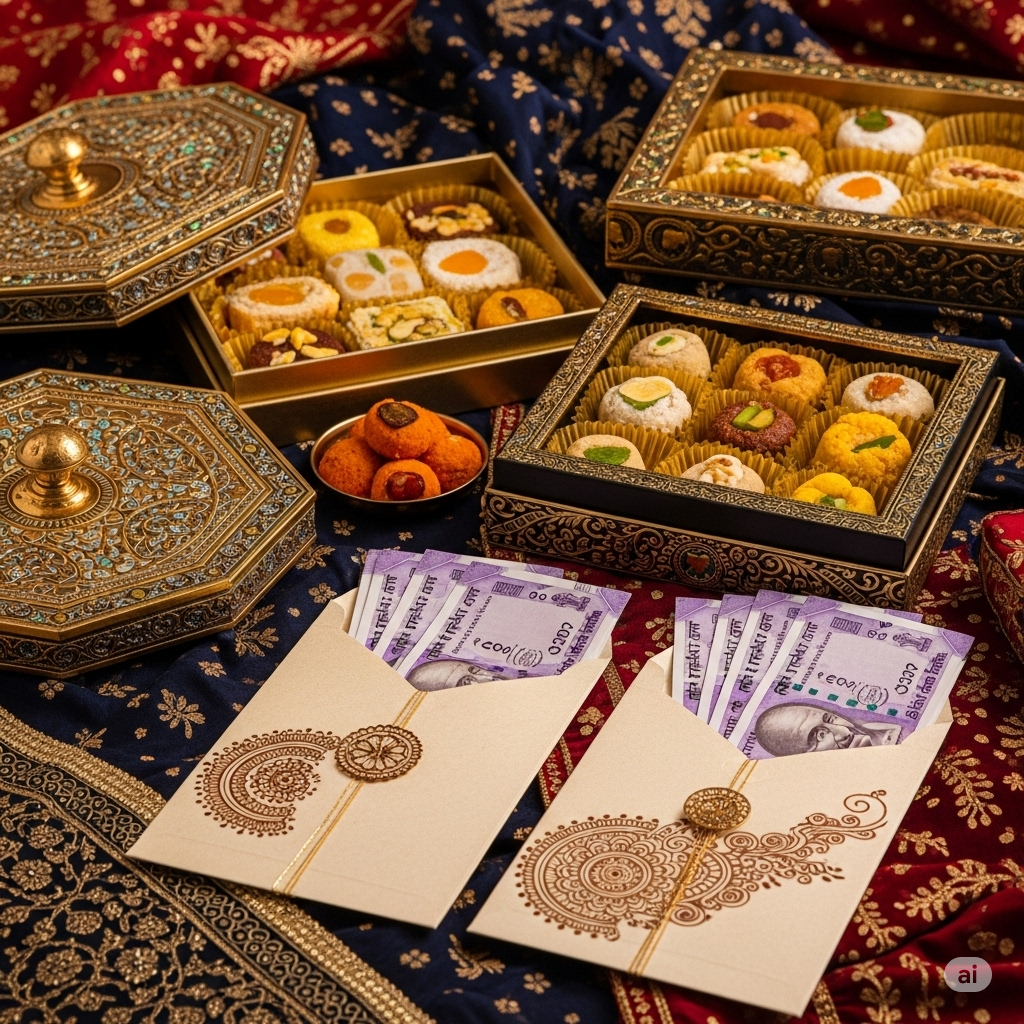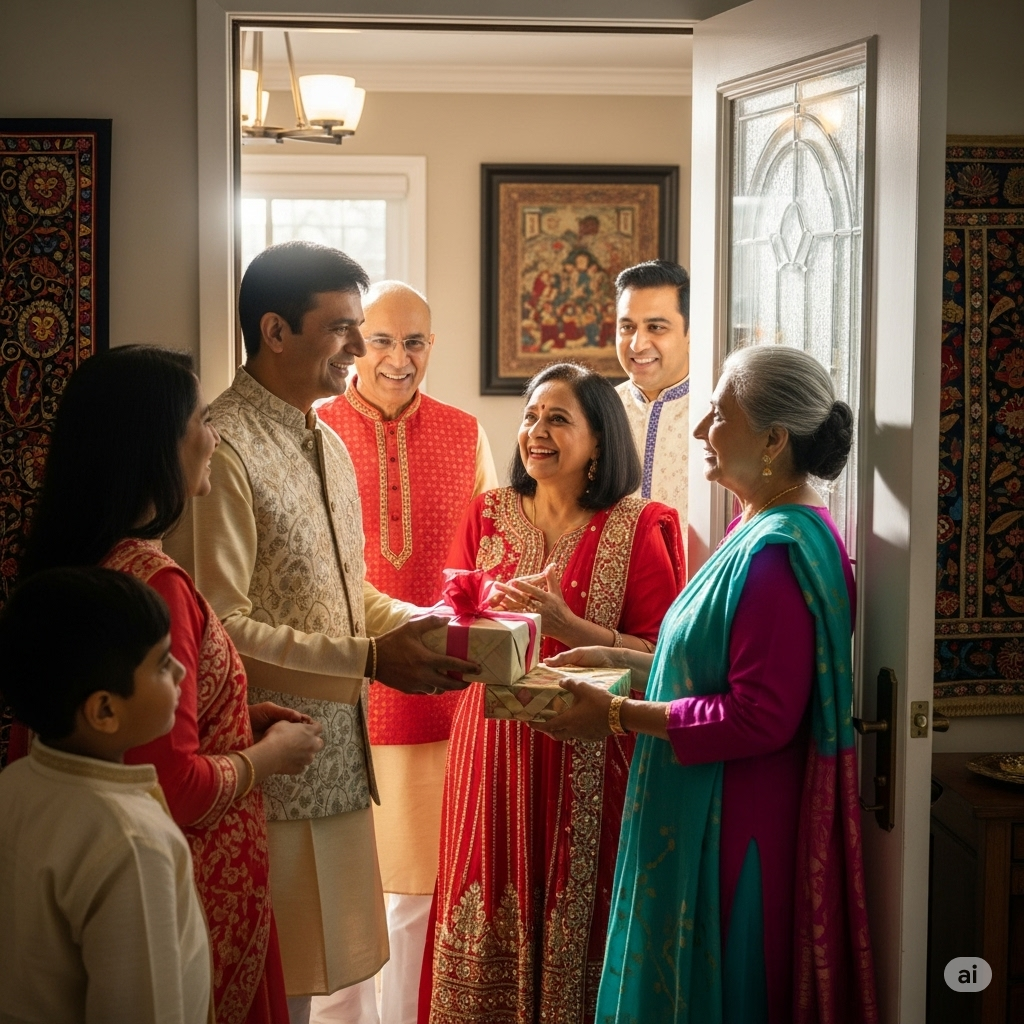How to Give a Gift in South Asia
As with most traditions, the origins are rarely known or have many stories behind them. In South Asia, there are many traditions for gift-giving. Culture and religion often influence gift giving across South Asia, regardless of global consumerism influencing these countries. When visiting someone’s home, the host or hostess may give you a gift on your initial visit to their home, especially if you are younger than them. In return, you should bring flowers or sweets as a token of appreciation for their hospitality. These gifts are commonly given to the head of the household upon arrival, and you may notice the gift is received with both hands. It is also not offensive to ask close family or friends what they would like to receive as a gift ahead of time. Use bright colors for gift wrapping, particularly green, yellow, re,d or gold.
If you are giving a cash gift, make sure you follow the tradition of adding $1 to the sum. This practice is considered wishing the receiver good luck, prosperity, and happiness. Some also believe that ending a sum in zero is too stable, driving neither decline nor growth. So, by adding $1 to their gift amount, they are showing a positive trend which is meant to wish the receiver growth. This is often practiced at weddings. By gifting the couple x amount plus $1, you are wishing them growth and prosperity in their marriage. The addition of $1 is also seen as a good omen, the beginning of a new cycle. It also makes the sum an odd number, which is indivisible (to a whole number), which is considered a blessing for the married couple.
There are certain gifts to avoid, such as leather goods in India, as the cow is considered sacred for many Hindus living there, or alcohol unless you know the host drinks. Jewelry is acceptable if it is gifted from one woman to another, but it can be misinterpreted if given from a man to a woman. South Asians love to give and receive gifts, no matter how small or big the occasion.


